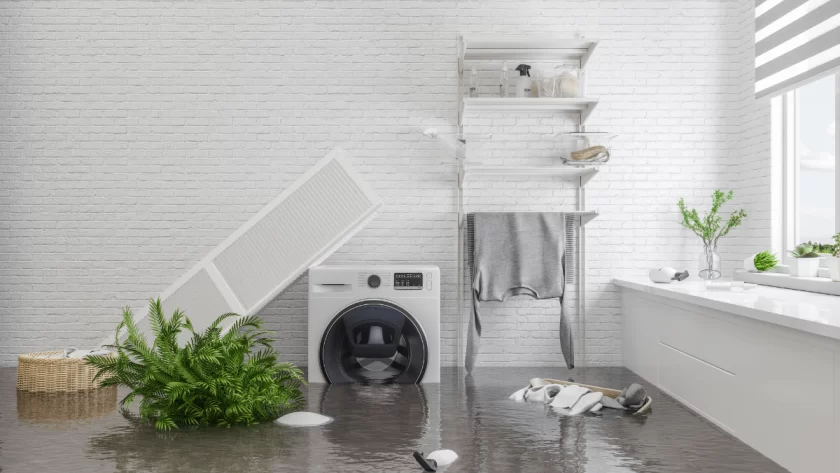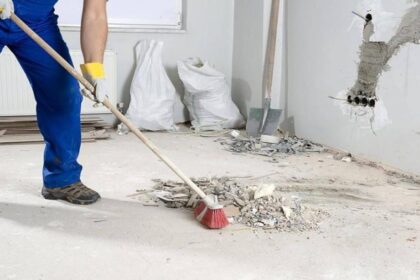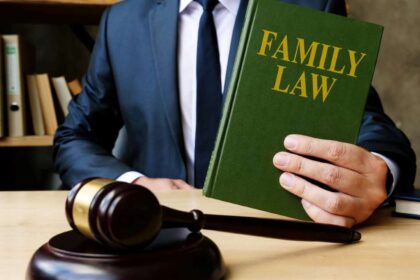Spring is the rainiest season, and now that spring is here, it’s the perfect time to learn the best practices for flood damage cleanup and repair. However, spring is not the only season that brings flood damage. A homeowner can also experience flooding during the winter due to melting snow. It is why it’s helpful to have a water damage checklist prepared around the year. Flood water restoration Cape Cod can be time-consuming, stressful, and dangerous. This checklist covers every aspect to make flood damage cleanup a quick and safe process.
Checklist for Flood Damage Restoration
Following listed are the steps on a residential flood water damage checklist:
-
Who to Contact
The first step a homeowner must undertake after experiencing flood damage is contacting his insurance company and reporting the loss. He should next call a professional water restoration Cape Cod company.
-
What to Document
After contacting the insurance company, a homeowner should document the damage. It involves taking pictures of all the areas and contents the flood has damaged.
-
Remove Damaged Items
Once it’s safe to enter the house, water damage restoration professionals can start removing all items and furniture that can be restored. These professionals usually have warehouses to store damaged items and use specialized equipment to remove and dry out excess moisture.
-
Water Extraction
Water damage restoration companies try to remove all standing water from the flood-damaged property as soon as possible. The longer the water accumulates, the higher the chance of secondary damage. They utilize specialized equipment to extract water quickly.
-
Drying the Property
The property is dried out after removing the standing water from the affected spaces. This step is crucial as it helps professionals deter the potential for mold growth. Besides ventilating the property, professionals use fans and dehumidifiers to dry the structure.
Safety Tips for Flood Damage Cleanup
Here are some safety precautions that one must follow before entering the flood-damaged property:
-
Turn off the Electricity
Before a homeowner steps into dangerously live water, he must turn off the electricity. He should consider contacting an electrician to inspect the damaged property.
-
Assessing the Structure
After a severe flood, hire a professional to check if the building’s structure has been destabilized.
-
Disinfect the Property
Once the water is removed, homeowners must disinfect the walls and flood. Mud and sewer water can bring severe multiple health issues to the home.
-
Mold Removal
If the flood-damaged property has not dried out quickly enough, mold and mildew are more likely to grow. It will pose severe health risks. Hire a professional to assess any mold issues the property may encounter.
Conclusion
Flood damage restoration involves much more than cleaning and repairing the affected places. It’s essential to consider how water has affected the property’s structure, possible mold growth, and contents placed within the home. Therefore, taking a DIY approach is not recommended. Instead, work with a professional water restoration Cape Cod company having all tools and experience to get a flood-damaged property back to its original state.





